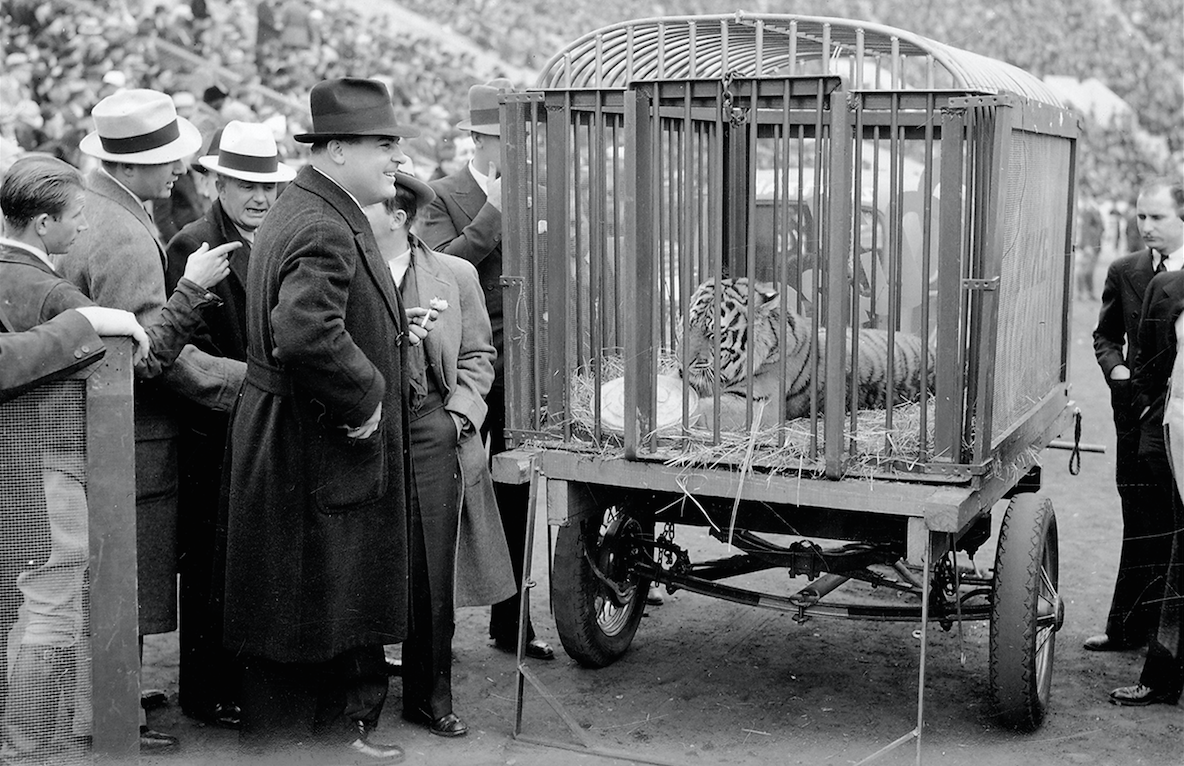On exhibit: ‘Paper Tigers & Biblio-Beasts’ at LSU’s Hill Memorial Library
Through September 16
A 19th-century Japanese fairy tale features a young man who rescues a turtle. A collection of Creole French folk stories depicts the famed Compère Lapin, aka Brer Rabbit. A 1923 telegram conveys a famous actress’s request that the governor of Louisiana cancel a bullfight. These are a few of the 150-plus animal-themed items on display at LSU’s Hill Memorial Library as part of a new exhibition on the evolving relationship between humans and animals.
“Paper Tigers & Biblio-Beasts: Creatures in the Collections” includes rare books, historical documents, photographs, maps and ephemera drawn from the holdings of LSU Libraries Special Collections. The show was born from an idea to highlight the E.A. McIlhenny Natural History Collection, which features images of animals spanning several centuries. “However, once we started researching our collections as a whole, it was clear that there were many animals figuratively ‘roaming’ among a variety of book and manuscript collections,” says Leah Wood Jewett, exhibitions coordinator.
The pieces chosen for the exhibit represent themes from literature, hunting and livestock care to fantasy, religion and animal welfare. Visitors will see Salvador Dali’s surrealist take on Alice in Wonderland, a 17th-century map of Aztec migrations, an exquisitely illustrated book on the insects of Suriname, and a 1923 livestock manual written by William H. Dalrymple, LSU’s first professor of veterinary medicine.
The exhibition is free and open to the public. Jewett notes that even after the show closes, the materials will be available for exploring in greater depth in the Reading Room.
“Examining animals through art and literature and other lenses ultimately reveals more about humans than beasts,” Jewett says. “This is a very visual exhibition … There is literally something for everyone, from the artist to the zoologist.”












